Modern is a diverse format, where twelve of the most popular decks each occupy 3-6% of the metagame. This is largely due to the immense amount of cards in the format. When we look at Standard, about three or four decks make up the majority of the metagame, with each of these decks being about 10-25% individually. Deck selection is often the first step of getting ready for a tournament, but the next step is building a powerful sideboard.
Maybe you’ve asked yourself, “How will I ever build an effective sideboard for my Modern deck?” I know I’ve asked myself this hundreds of times. It’s important to realize that sideboarding in Modern is much different than sideboarding in Standard; you’re not sideboarding for specific decks, rather you’re sideboarding for various strategies. While there are many decks in Modern, there is a smaller number of successful strategies, and decks can be grouped together based on these strategies.
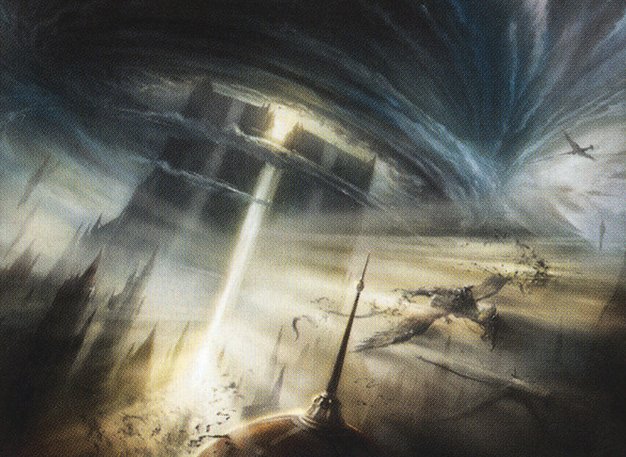
Creature Decks
Creature decks play mostly, or only, creatures. The most popular creature decks are currently Bant Spirits and Five-Color Humans. These two decks are similar, but Humans is more of a disruptive aggro deck while Spirits rewards you for playing more patiently. Generally, when playing against these decks, removal is your best sideboard strategy. Spot removal is okay, but typically with these “go-wide” creature decks, board wipes/sweepers are the way is disrupt their game plan.
Damage based sweepers, like Anger of the Gods, may be less effective because each deck has ways of pumping up their creatures’ toughness beyond three to survive that sweeper. Some more efficient sweepers include Supreme Verdict, Damnation, Terminus, or even Settle the Wreckage. Most of these will clear out the entire board and set your opponent behind, forcing them to rebuild their board-state.
Another way to attack these decks is to play spot-removal-based permanents. These include cards like Liliana, the Last Hope and Grim Lavamancer. I said earlier that spot-removal is okay against these decks, but spot removal that can be used multiple times can be very effective. However, both of these examples are better against Humans than Spirits because most of the Humans cards die to both of these cards, where the Spirits cards have too high of toughness. While Humans and Spirits are most likely to be the creature decks you will face, these sideboard cards will also help you against some Tier 2 and Tier 3 decks as well such as Elves, Merfolk, Naya Zoo, and Mardu Pyromancer.
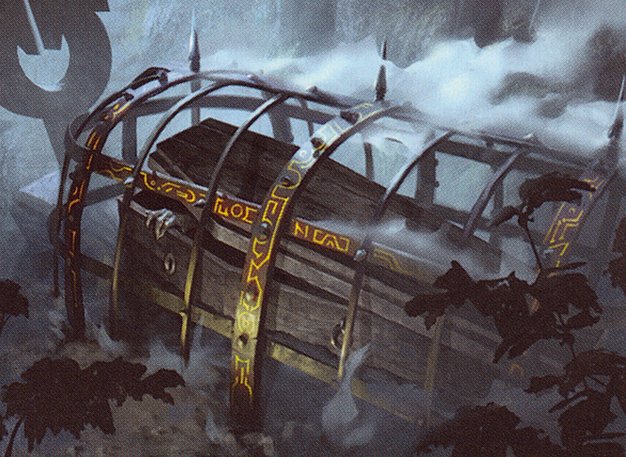
Graveyard Decks
Graveyard decks are any decks that put emphasis on using the graveyard. When people think “graveyard deck,” they almost always think of Dredge and maybe UR Phoenix. However it’s important to remember other decks like KCI, Storm, and Hardened Scales heavily rely on their graveyard as well. Dredge and UR Phoenix typically operate by putting creatures into the graveyard and then having them enter play from the graveyard without casting them.
Luckily, there are many options for graveyard hate that can go into numerous decks’ sideboards. Cards like Rest in Peace and Leyline of the Void deal with all graveyard shenanigans, which is important when playing against graveyard decks, but also against Hardened Scales because they shut off Hangarback Walker’s ability when it dies and they shut off the Modular mechanic. Rest in Peace can be slotted into almost every white deck, while Leyline of the Void is an important card in decks like Dredge, Grixis Death’s Shadow, and Hollow One because it shuts off your opponent’s graveyard while leaving your graveyard alone.
A card like Grafdigger’s Cage can fit into most sideboards because it is cheap and colorless. This is a good option in most cases; it shuts off Dredge, Phoenix, Storm, and has the added bonus of stopping Collected Company and Chord of Calling. However, the downsides are is doesn’t disrupt Hardened Scales or KCI.
Single-use graveyard hate cards include Tormod’s Crypt and Nihil Spellbomb, and these cards can be extremely useful and powerful when used correctly. Because they are single-use cards, it’s important to identify the correct moment to use them in-game. Some other decks these cards may be useful against include Bridgevine, Hollow One, Living End, Mardu Pyromancer, and some Snapcaster Mage decks.
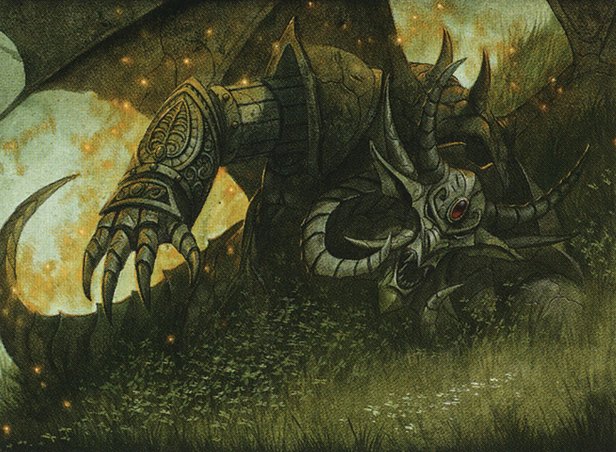
Artifact Decks
The two big artifact decks to worry about are KCI and Hardened Scales. These decks use artifacts, and specifically Mox Opal, to enable powerful strategies. Good ways to tackle these decks are to either destroy your opponent’s powerful artifacts with cards like Ancient Grudge, Knight of Autumn, or Kolaghan’s Command; or to prevent your opponent from using their artifacts with cards like Stony Silence.
Stony Silence tends to be a more effective option against these two decks because it prevents your opponent from doing much of anything. The other cards, like Knight of Autumn, would be better against decks with less artifacts, like Humans and Spirits to destroy Aether Vial. Artifact hate is also surprisingly strong against Tron because they utilize a number of artifacts to get all three Tron lands, as well as preventing your opponent from using Oblivion Stone.
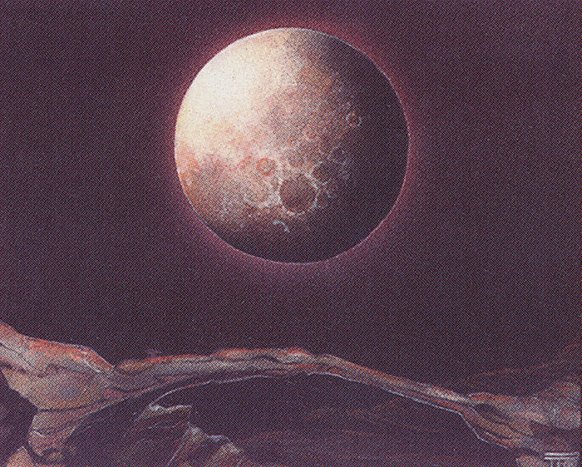
Big Mana Decks
These are decks that try to produce a large amount of mana from a small amount of lands. For example, when you assemble the three Tron lands, you can produce seven mana instead of three. Alongside Tron, Amulet Titan is another deck that employs a vaguely similar land-based strategy. A strong way to tackle these kinds of decks are to go after their lands.
Luckily, there are an abundance of ways to accomplish this! For Tron, permanent land destruction cards like Ghost Quarter or Fulminator Mage are often more effective than Blood Moon or Damping Sphere, because Tron can still operate by tapping seven lands the old fashioned way to play Karn Liberated. These cards can still be effective, however, if you put enough pressure on your opponent because this greatly slows down their game plan.
When playing against Amulet Titan, Damping Sphere and Blood Moon are a better option. Damping Sphere shuts off all of their bounce lands, and Blood Moon shuts off their lands also.
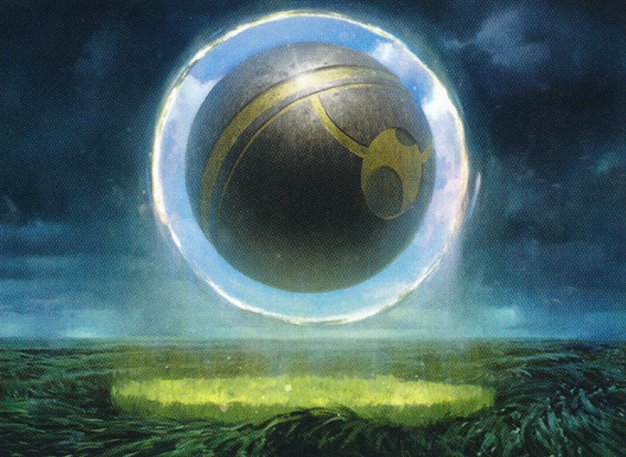
Where the Overlap Comes in
It’s important that your sideboard cards slot into numerous matchups. In Standard you can afford to have sideboard cards dedicated to only one matchup, such as Star of Extinction for GB Midrange or Legion Warboss for the Jeskai Control mirrors. But in Modern you can’t afford to have any sideboard cards dedicated to a single match-up when the format is as diverse as it is.
One way you can maximize your sideboard efficiency is to select sideboard cards that serve multiple functions. Cards like Damping Sphere and Grafdigger’s Cage attack two different things each. Damping Sphere attacks both Big Mana decks as well as combo decks like Storm or KCI. Grafdigger’s Cage attacks graveyard decks as well as decks with Collected Company or Chord of Calling. Having cards that serve two functions cuts down on the amount of cards you have to try to fit into your sideboard. This is also true of cards like Rest in Peace, that attack “obvious” graveyard decks but also hurt Hardened Scales.
Some cards can provide a whole toolbox of value in a single sideboard slot. Cards like Knight of Autumn have a huge range of versatility and can be used against artifact decks, Burn, Humans, Spirits, or Hollow One. The more versatile a sideboard card is, the more match-ups you can side it in for.
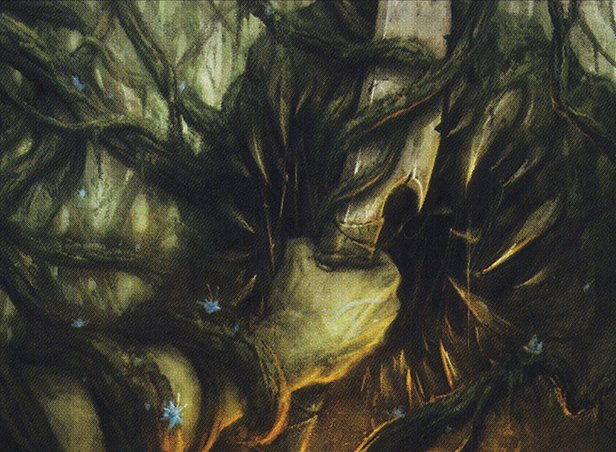
Sideboarding for Your Opponent’s Sideboard Cards
Maybe you’re playing a deck that I’ve previously mentioned that people are bringing in all these hate cards against you. When you’re playing the deck everyone is bringing in these cards for, you need to be prepared to deal with your opponent’s sideboard cards. Nature’s Claim is one of the best cards for dealing with your opponent’s sideboard cards. Dredge, KCI, Hardened Scales, and Tron can all take advantage of the cheap and efficient removal spell. Other cards that deal with hate cards include Ancient Grudge, Assassin’s Trophy, and Abrupt Decay. If you’re playing one of these decks, you need to build your sideboard to deal with your opponent’s sideboard hate, while balancing your own hate cards.
I skipped touching on how to side against Midrange and Control because there are less “hate” cards for these strategies. But generally speaking, planeswalkers, hand-hate, and card advantage are effective against these types of decks. I touched a bit on combo decks like KCI and Storm, but additional strong hate cards for those matches include taxing effects like Damping Sphere and Thalia, Guardian of Thraben.
With all this being said, here is my interpretation of an effective sideboard for Bant Spirits roughly following this guide:
- 2 Damping Sphere
- 3 Knight of Autumn
- 3 Rest in Peace
- 3 Stony Silence
- 2 Thalia, Guardian of Thraben
- 1 Gideon, Ally of Zendikar
- 1 Tamiyo, Field Researcher
Sideboarding is an important part of every deck, and I hope this article helps frame how to build an effective sideboard for your next tournament.
Ally Warfield is a Magic grinder and personality. She hosts the VClique podcast and is an up-and-coming grinder with an impressive range in terms of archetype selection. You can find her on Twitter @ArcticMeebo.

